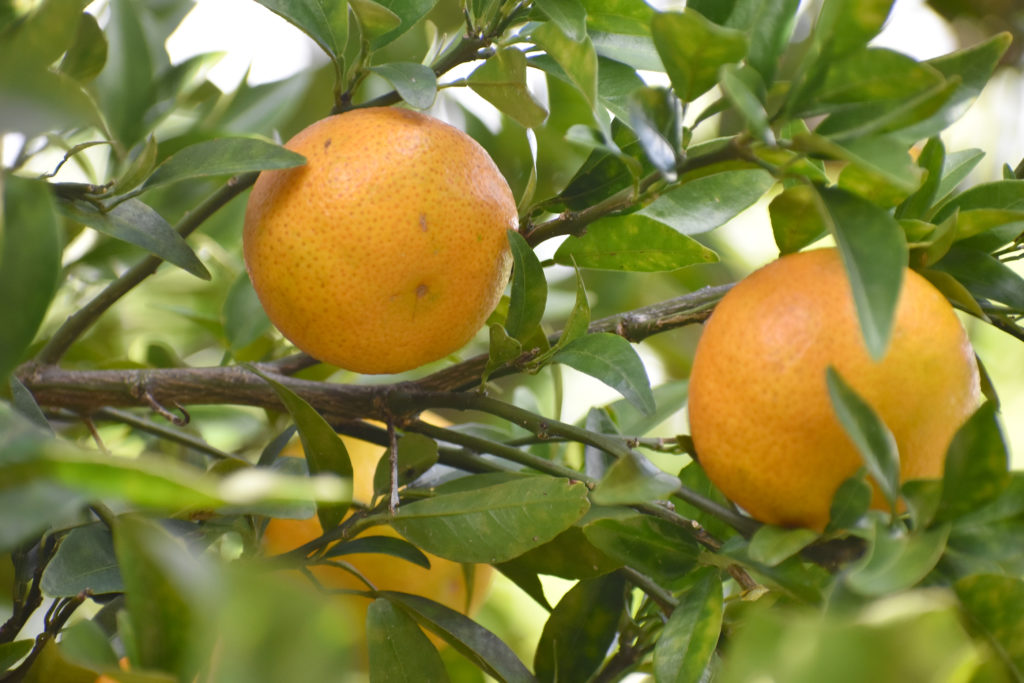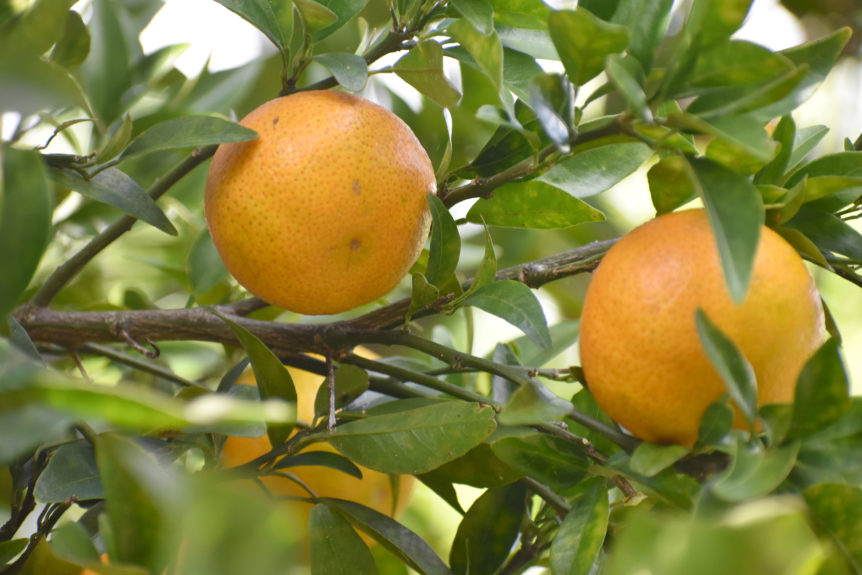
By Clint Thompson
Citrus production in the Southeast has spiked due to increased warmer temperatures in recent years. This is reflected in the new U.S. Department of Agriculture Plant Hardiness Zone Map.
The updated hardiness zones show a region that is more conducive to growing crops than it has been in prior years. The concern over colder temperatures has dissipated due to global warming, says Pam Knox, University of Georgia (UGA) Extension agricultural climatologist.
The new map, which was issued in November 2023, shows that the lowest average temperatures increased a little bit. Knox says the hardiness zone tells what you can grow and what will survive in the coldest temperatures.
“We still have these cold outbreaks like we did in the (2022) Christmas freeze,” Knox said. “But overall, what we’re really seeing is that the climate, in general, is getting warmer. Basically, the zones are related to the average lowest temperature that we get in any given year. They’re divided into 10-degree segments and subdivided into halves. We just don’t reach those really cold temperatures anymore.”
Citrus is the main crop that has experienced an uptick in production. Georgia’s citrus production started around 2013 and has grown exponentially under the direction of leaders like UGA Lowndes County Extension Coordinator Jake Price, UGA scientist Wayne Hanna and Lindy Savelle, president of the Georgia Citrus Association.
Price recently estimated Georgia had reached a record high of 570,760 citrus trees planted on 3,936 acres in 2023. Warmer temperatures have allowed Georgia producers to take advantage of the crop.
“Citrus can’t take the really cold temperatures, but as we don’t get those cold temperatures anymore, it makes it a more valuable crop,” Knox said.










